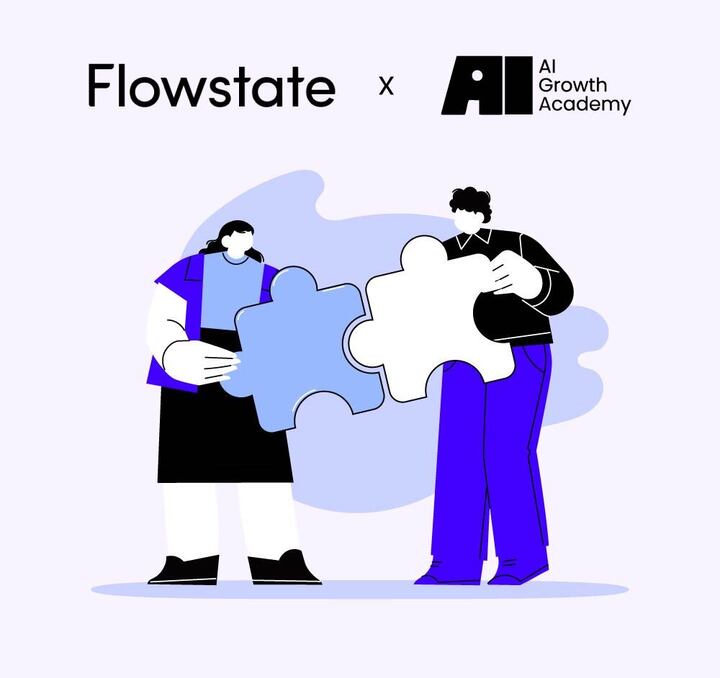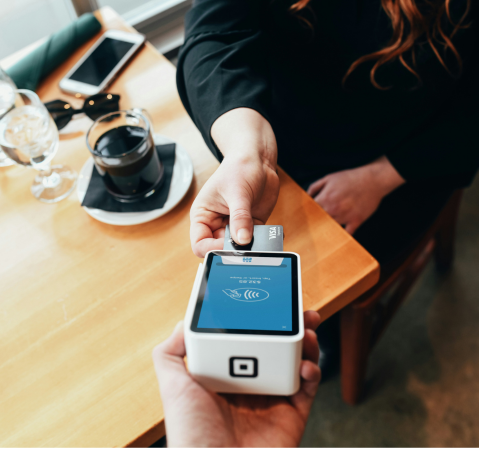.png)
As an eCommerce store owner, you understand the importance of email marketing in building a strong, engaged, and loyal community. But how do you take your email marketing strategy to the next level and generate deeper and more meaningful relationships with your customers?
The answer lies in smart segmentation.
Segmenting your email list allows you to divide your subscribers into smaller groups based on various attributes and behaviors. By tailoring your messages to these specific segments, you can deliver highly targeted and personalised content that resonates with your audience.
In this ultimate guide to smart segmentation, we'll delve into the benefits of segmentation and provide actionable tips on how to implement it effectively in 2023.
The Power of Smart Segmentation
Segmentation has become an indispensable tool for eCommerce marketers, enabling them to deliver personalised experiences that drive engagement, conversions, and sales. Here are some key benefits of smart segmentation:
1. Improved Relevance
Segmentation allows you to deliver highly relevant content to your subscribers. By understanding their preferences, demographics, and behaviors, you can tailor your messages to their specific needs and interests. This leads to higher open rates, click-through rates, and ultimately, stronger relationships with your audience.
2. Increased Engagement
When subscribers receive emails that are relevant to them, they are more likely to engage with your content. Segmented email campaigns have been proven to have higher engagement rates compared to generic campaigns. By providing value and addressing their pain points, you can nurture a deeper connection with your community.
3. Enhanced Personalisation
Smart segmentation enables you to create personalised experiences at scale. By segmenting your list based on factors such as purchase history, browsing behavior, or demographic data, you can deliver tailored recommendations, product suggestions, and exclusive offers that resonate with individual subscribers. This level of personalisation can significantly impact customer satisfaction and loyalty.
4. Improved Deliverability and Sender Reputation
Segmentation helps you maintain a healthy email list by removing inactive subscribers and reducing the likelihood of spam complaints. By sending targeted content to engaged segments, your deliverability rates improve, ensuring that your emails land in the primary inbox rather than the promotions or spam folder. This, in turn, helps to build a positive sender reputation and ensures that your future campaigns reach their intended recipients.
Actionable Tips for Smart Segmentation in 2023
Now that the importance of smart segmentation is clear, let's explore some actionable tips to help you implement it effectively in your email marketing strategy.
1. Collect Relevant Data
To segment your audience effectively, you need to gather the right data. Beyond the basic demographic information, consider collecting data that is relevant to your business and provides insights into your subscribers' preferences and behaviors. This can include purchase history, browsing habits, email engagement data, and more. Integrating your email platform with a robust customer relationship management (CRM) system can help you capture and leverage this valuable data.
2. Define Meaningful Segments
Segmentation works best when it's based on meaningful criteria. Rather than creating broad categories like "male" or "female," consider segmenting based on specific interests, customer lifecycle stage, or purchase history. The more granular your segments, the more personalised and relevant your messaging can be.
3. Use Dynamic Content
Dynamic content allows you to create one email template and customise it in real-time for each segment. By leveraging dynamic content blocks, you can tailor parts of your email, such as images, product recommendations, or calls-to-action, to each subscriber's unique preferences or behaviors. This level of personalisation demonstrates that you understand and care about your customers' specific needs, fostering stronger connections.
4. Test and Refine
Segmentation is not a one-time endeavor. To optimise your email marketing efforts, you must continuously test, measure, and refine your segments. Analyse engagement metrics, conversion rates, and customer feedback to identify areas for improvement. Regularly monitor your segments' performance and adapt your strategies accordingly.
5. Automate Your Campaigns
Leverage email automation to ensure that your segmented campaigns are delivered at the right time and with the right content. Set up triggers based on customer behavior, such as abandoned carts or product views, to automatically send relevant follow-up emails. Automation streamlines your segmentation efforts, allowing you to scale personalised experiences without overwhelming your marketing team.
Unleash Your Marketing Potential with Smart Segmentation
In the ever-evolving landscape of eCommerce marketing, smart segmentation is a game-changer. It empowers you to generate deeper and more meaningful relationships with your community, foster engagement, and maximize your sales potential.
By collecting relevant data, defining meaningful segments, using dynamic content, testing and refining, and automating your campaigns, you can unlock the full power of smart segmentation in 2021.
If you're ready to take your email marketing strategy to the next level and unleash your marketing potential, contact Flowstate today. Our team of experts specialises in email marketing and automation, and we'll help you harness the full power of smart segmentation to drive significant results for your eCommerce business.
Contact Flowstate today to unlock the full power of smart segmentation in your email marketing strategy.
Internal Links:
Customer Relationship Management (CRM)









